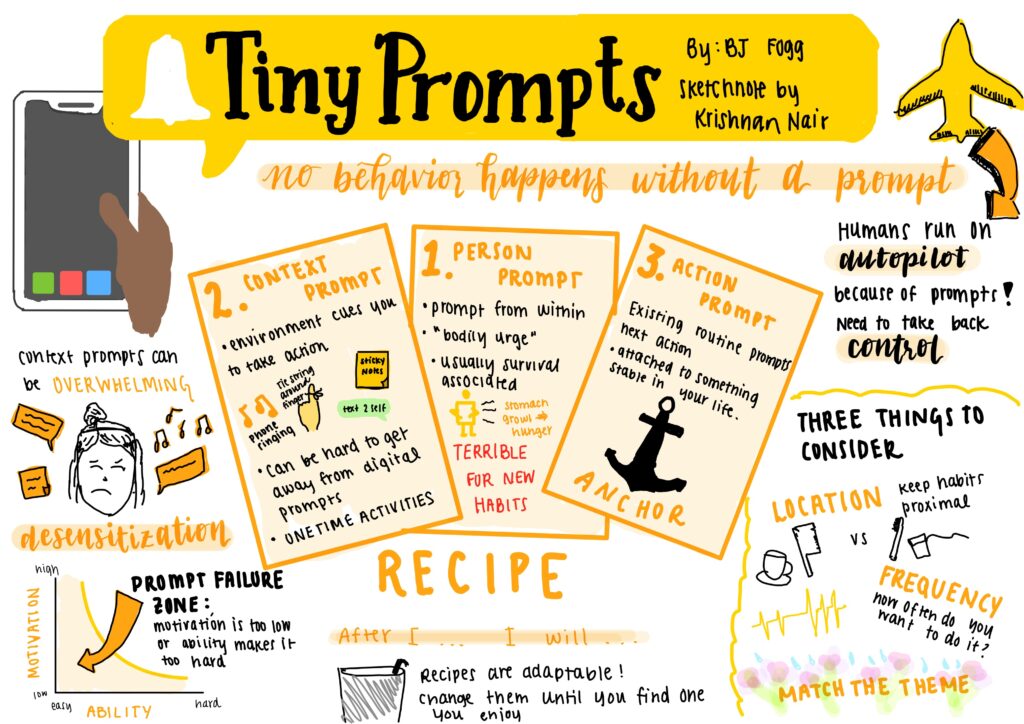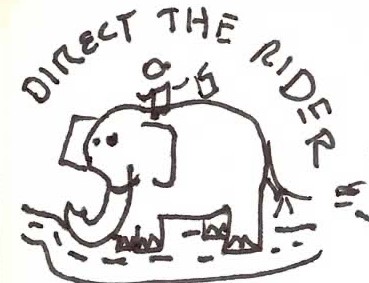Before this class, I had always been interested in how different apps make use of people’s psychology to create experiences that captivate users, drive engagement, and foster user loyalty. I came to this class with the expectation of applying psychological knowledge to the creation of a product. And indeed I was able to bridge the gap between theory and practice, learnt a lot more about user psychology, and completed a project I am very happy with. Thanks to the supportive teaching team and my awesome teammates, I was able to get one of the best HCI experiences I had so far at Stanford.
Here are my thoughts on different components of this class:
(1) In terms of lectures, I enjoyed learning about behavioral psychology theories and applying them to analyze the case studies to get a concrete understanding. When brainstorming ideas for our project, I liked it that we always started from the models we learnt in class to discover underlying causes and potential solutions. I found the tools from the Synthesis and Grounded Theory lecture to be especially helpful at uncovering interesting patterns from our study.
(2) In terms of homework, I appreciated that the workload was manageable and well adjusted (less work due on Wednesday and more due on Monday). The project was also well-paced so we felt we were making progress every week. But at the same time, since it was broken down into many smaller parts, it could feel a bit confusing regarding what we were supposed to work on and the expectations for each assignment. The teaching team did a good job clarifying and I found after-class posts on Slack summarizing to-dos and expectations very helpful. As someone who had been avoiding drawing for a while, sketchnotes really got me to try drawing as an alternative way to summarize instead of using words and texts. On the one hand, I think that my sketches can be more effective at reminding me of the content; on the other hand, I also felt that it is a lot more time consuming than simply taking notes (I usually take notes when doing the reading and then convert the notes into sketches) and I probably would not use it beyond assignments. The content we did sketchnotes on was relatively light and easy to summarize and I am also curious as to how sketchnotes can be applied to summarizing denser content like my philosophy readings.
(3) Through working on our project, I learned the importance of being flexible in the design process. The productivity market is admittedly oversaturated, with many successful apps instantiating different ideas already. We also started off with relatively conventional ideas like notification management and introducing mindfulness to the screen usage, which were also what we based the first half of our design process off. It was only later in the process that we tweaked the idea of having a pair of eyes on the screen and combined it with the idea of mindfulness that we arrived at the creative idea behind Screen Paw. Although this is not the solution we expected ourselves to work on, we quickly let go of the more conventional ideas and adjusted our assumption tests to validate the important assumptions behind this more exciting idea. So an important lesson I learnt is to embrace unexpected ideas and insights and be willing to try them out. At the same time I also wondered about whether we always have to stick to the design process as we did in class. I understand that for pedagogical purposes we went through each step in this class to practice the tools and methods we learnt, but at times when we came up with a pretty good idea first, it felt a bit ad hoc to construct a model to show how we arrived at it. Additionally, given more time, I really hoped that we would have the chance to test whether the app we designed is truly effective at changing people’s behavior. Although we had done assumption tests to validate major ideas behind our app, a fully fledged prototype would potentially have very different effects on the users. So I think it is an important part that is missing from the course.
(4) Throughout the process of designing our app, we have attempted to incorporate ethical considerations in a concrete way. For example, in designing our goal-setting page, we are aware that different users may have different types of goals about their screen time usage: Some may prefer to define it in terms of total screen time per day; some may want to limit total screen time per pickup; some may want to reduce the time they spend on certain apps; others may want to reduce the time they spend on some particular activities (e.g., doom scrolling), which may or may not be correlated to particular apps. We could go the personalization route of having users define their own goal, but this would (1) add to the cognitive load of the users—they will have to think carefully about the kind of goals they want to achieve and (2) complicate the designing of task flow for app creators. So we ended up settling on the solution of having the users choose at most 3 apps they want to minimize using and set the maximum time they want to spend on the target apps every time they pickup their phone. So we increase the granularity to reach the level of apps but not yet to the level of activities people do on the apps, in order to strike a balance between universality and personalization.
Overall, I had a very rewarding learning experience in this class. I look forward to applying the theories and user research / design techniques I learnt in my future HCI career!



